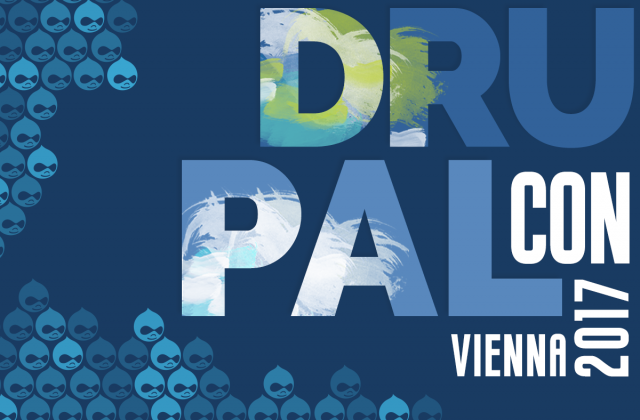Cinema had The Blair Witch Project – an ultra low-budget title, made with practically nothing, that out-grossed most of Hollywood’s output in 1999. Yes, it was supported by extremely clever marketing – but the bottom line is that it proved that you could still have a monster hit with something that cost literally 0.01% of your average Hollywood budget.
It refreshed horror fans, confused studio bosses, and inspired a new generation of filmmakers to pick up a camera and try to tell a story with a DIY attitude and a belief that lavish funding isn’t absolutely everything. Sometimes, if you’re good and you get lucky, pure creativity can be enough.
So, in this age of video games that cost upwards of $100 million to produce, is there a gaming equivalent to the Blair Witch phenomenon?
There is indeed. It’s called Minecraft – and its success is every bit as fascinating and astounding as that of the Blair Witch film. Screenshots of the game might leave those used to glossy blockbuster gaming somewhat underwhelmed, so what’s so special about it?
Well, put simply, Minecraft has something that almost no other games can offer – a relatively superior level of open-ended creativity. Players inhabit gameworlds either in single or multi-player games in one of two game modes: survival and creative.
In survival mode, gamers must use the daytime to secure sustenance and build a shelter using the game’s idiosyncratic square blocks in order to survive the night when the monsters come out. In the creative mode meanwhile, players are invincible and instead focus on using their infinite resources to build interesting new objects and structures from the blocks. There are also various mods and extensions to the game, but that is the main gist of it.
It’s hard to describe the appeal to someone that has never played it – but basically Minecraft offers a similar pleasure which is granted by a massive box of assorted Lego: the possibility for endless creative combination and new experience by virtue of the block building element. (It’s not surprising that Minecraft merchandising now also extends to a tie-in with Lego).
All the other aspects of the game basically relate to this one central element – exploring infinite worlds in which you can go wherever you want, made up of simple building blocks – with which you can do whatever you want. Say what you want about graphics but even the most fancy big-budget games don’t afford this much variety and scope for creativity – that’s what makes Minecraft special.
So, for those who have not yet come across this little gem – here’s a quick introduction to the Minecraft phenomenon by numbers.
2009 – Year of first alpha release (full release followed in 2011)
11 million – Number of copies sold across all platforms as of November 2012 (8 million of those are on PC)
40 million – Approximate number of registered Minecraft players (includes those using free demo versions)
400,000 – Number of sales in the first 24 hours of release through Xbox Live
$1 million – Revenue from Minecraft merchandise in the first 6 months of sales
2 – Number of Minecon annual conferences held so far (started in 2011, the 2012 edition which took place in Paris has just wrapped up)
80 – Number of games selected by the Smithsonian American Art Museum for an exhibition on the ‘Art of Video Games’ (Minecraft was one of those chosen)
300 – Number of public spaces that will be transformed by 2016 through a UN project which uses Minecraft as an architectural tool for experimenting with and visualising amendments to public spaces
1 – Number of original designers who worked on the game (Markus ‘Notch’ Persson – although in 2010 he hired a few additional designers and artists for his company Mojang)
It’s that last one that makes Minecraft even more of an indie hit than something like Blair Witch Project (which, even though made with a small production budget, had a much larger one for marketing). Minecraft is an absolute monster smash – and owing to the web’s cheap distribution channels – one which cost very little to develop and produce.
That’s perhaps the most impressive and attractive statistic of all – that Minecraft ultimately comes down to a single well-executed good idea from a passionate and creative guy, and will outsell most of the blockbuster titles currently being advertised all over our televisions in the run-up to Christmas.



